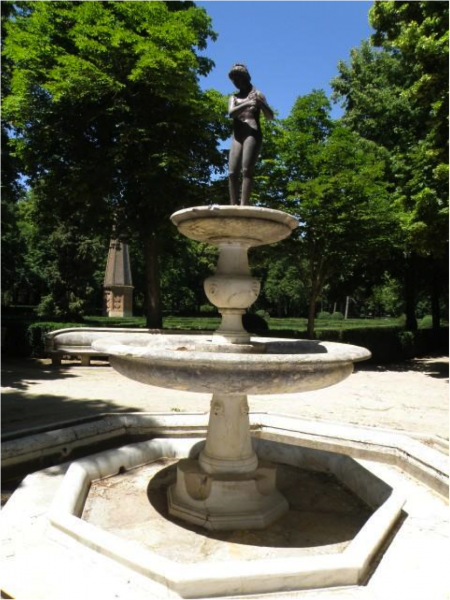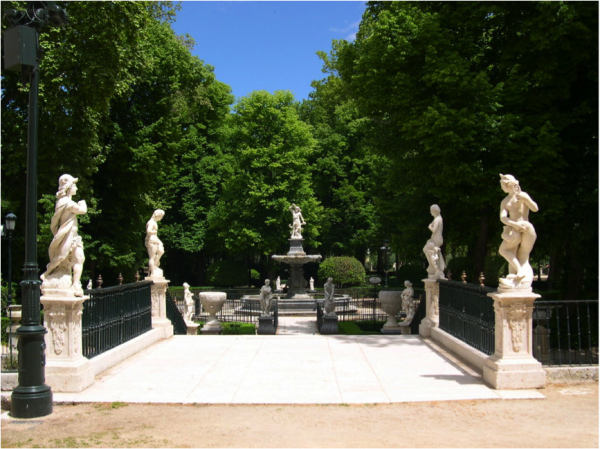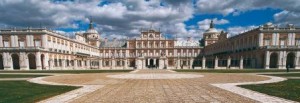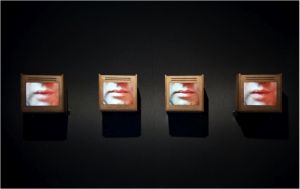Délimité par le Tage et un canal artificiel créé par le roi Felipe II, «El Jardin de la Isla» s’est transformé en une île à laquelle on peut accéder par deux ponts.
Au départ, son axe central était constitué de tunnels de mûriers et de treillages en bois. Il possédait également de nombreuses fontaines d’inspiration islamique décorées de pierres de couleurs et de sol en céramique, ainsi que de nombreux parterres floraux à la manière flamenca.
Actuellement, peu de choses restent de ce jardin puisqu’au XVIIIe siècle, la Isla fut transformée en une autre île sous l’influence française, où les galeries et les treillages disparurent de l’axe central du jardin.
On y trouve toujours de nombreuses fontaines et statues inspirées de la mythologie : Hercule tuant l’Hydre, Apollon, les Harpies, Vénus, Bacchus, Neptune et d’autres…
Horaires : de 8h à 18h30 (du 1er janvier au 28 février)
(Léo)









